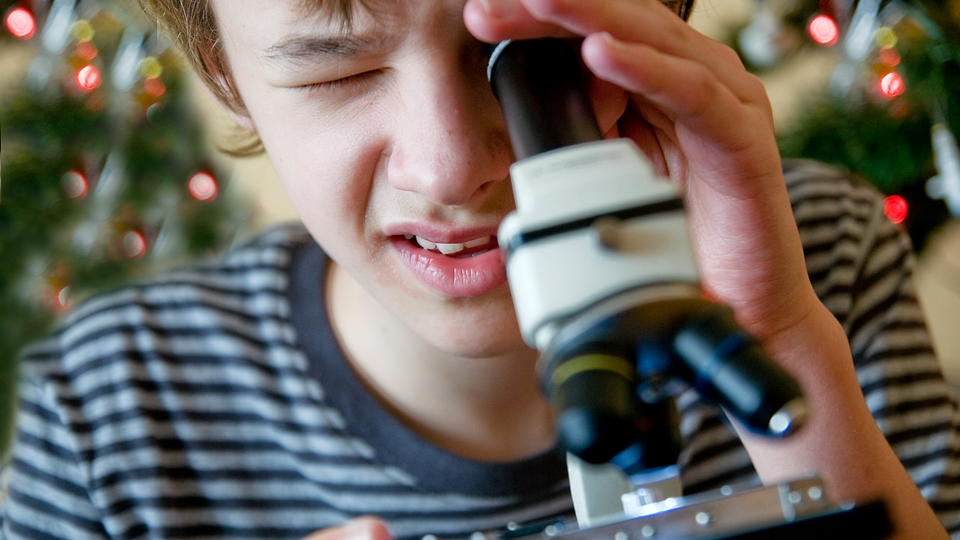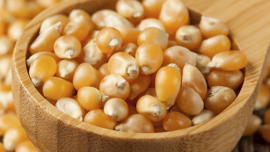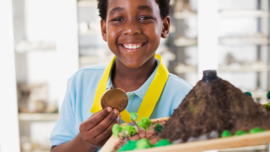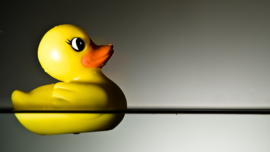Hands-on!

The right real-world experiences make math and science an authentic part of life.
Though public schools teach mathematics and science to all students in grades Pre–K through 12, parents can help their children discover the excitement in these subjects by working with them at home. Simple and engaging activities using math skills can reinforce the skills and understanding students are learning in school, and you can have fun with your youngsters at the same time.
Hands-on math activities
Sometimes students need help to see how useful and fun mathematics is. You can help your child see mathematics as an important part of everyday life, not just a school activity. Here are some suggestions and ideas.
- Give your child a ruler or yardstick with inches on one edge and metric measure on the other. Have her measure things in inches and feet, centimeters and meters.
- Let your child help you measure ingredients when cooking.
- Ask your child to keep track of the mileage on trips. Using math in this way makes numbers and calculations real.
- Let your child be in charge of keeping height and weight information on family members.
- Make use of newspapers. The front page always has articles about American cities or foreign countries and cities. By keeping a map or globe handy, you can talk to your child about how far away from your home these cities and countries are, both in miles and kilometers. The sports page contains lots of statistics; simple batting averages for players in one baseball game can be figured, or the percentage of passes completed by quarterbacks, or the total number of games played in a tennis match. Advertisements provide lots of opportunity for children to use simple calculations—adding up the cost of several items they might like to buy, for example.
- A more detailed suggestion includes taking a pint-sized jar and filling it each day with different sized objects found around the house (buttons, marbles, paper clips, etc.). At the end of each day or week, have your child estimate how many items they think are in the jar.
Hands-on science activities
Here are some ideas for helping your child enjoy science:
- Look at plants and animals in tide pools at the beach.
- Study geology during a trip to the mountains. Pick up a pocket guide to minerals and rocks and start a collection.
- Ask your child's science teacher for a list of recommended places to visit such as health centers, research laboratories, and ecology centers.
- Take your child to the library to find biographies on famous scientists.
- Contact conservation groups and other organizations in your area to learn about nature walks and other activities.
- Put a chicken bone in a jar of white vinegar and one in clear water. See what happens to the bones after about a week. Why? (The acid in the vinegar dissolves the calcium in the bone, making it bendable.)
- Make a solution of salt and water and another of sugar and water. Put them in the sun. What's left when they evaporate? Why?
- Help your child learn what kinds of plants and animals live in other countries. Research the minerals, geology, and weather in other countries.
Opportunities to learn
The learning process can be an exciting and wonderful experience for both the child and the parent. I encourage all parents to be part of the most fascinating aspect of their children's lives—learning about themselves and their environment. Exploring the world around us with our children, whether by taking walks in the forest or around the block, provides wonderful opportunities for adults to be learners also. Parents are their children's first teachers—there is every reason to continue that relationship as your children go through school.













